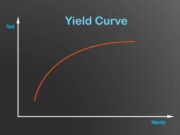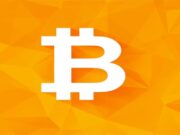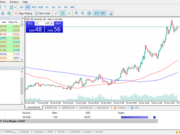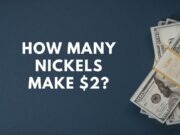What is ‘Call Premium’
Call premium is the dollar amount over the par value of a callable fixed-income debt security that is given to holders when the security is called by the issuer.
Explaining ‘Call Premium’
1. The call premium is somewhat of a penalty paid by the issuer to the bondholders for the early redemption.
Further Reading
- Setting the optimal make-whole call premium – www.tandfonline.com [PDF]
- Callable bonds, reinvestment risk, and credit rating improvements: role of the call premium – www.sciencedirect.com [PDF]
- Dynamic recapitalization policies and the role of call premia and issue discounts – www.jstor.org [PDF]
- Behavioral aspects of the design and marketing of financial products – www.jstor.org [PDF]
- The effect of refinancing costs and market imperfections on the optimal call strategy and the pricing of debt contracts – onlinelibrary.wiley.com [PDF]
- Put-call parity and market efficiency – www.jstor.org [PDF]
- Transactions costs and the relationship between put and call prices – www.sciencedirect.com [PDF]
- The call, sinking fund, and term-to-maturity features of corporate bonds: An empirical investigation – www.jstor.org [PDF]
- To call or not to call convertible debt – www.jstor.org [PDF]
- Financial indexes and instruments based thereon – patents.google.com [PDF]


































